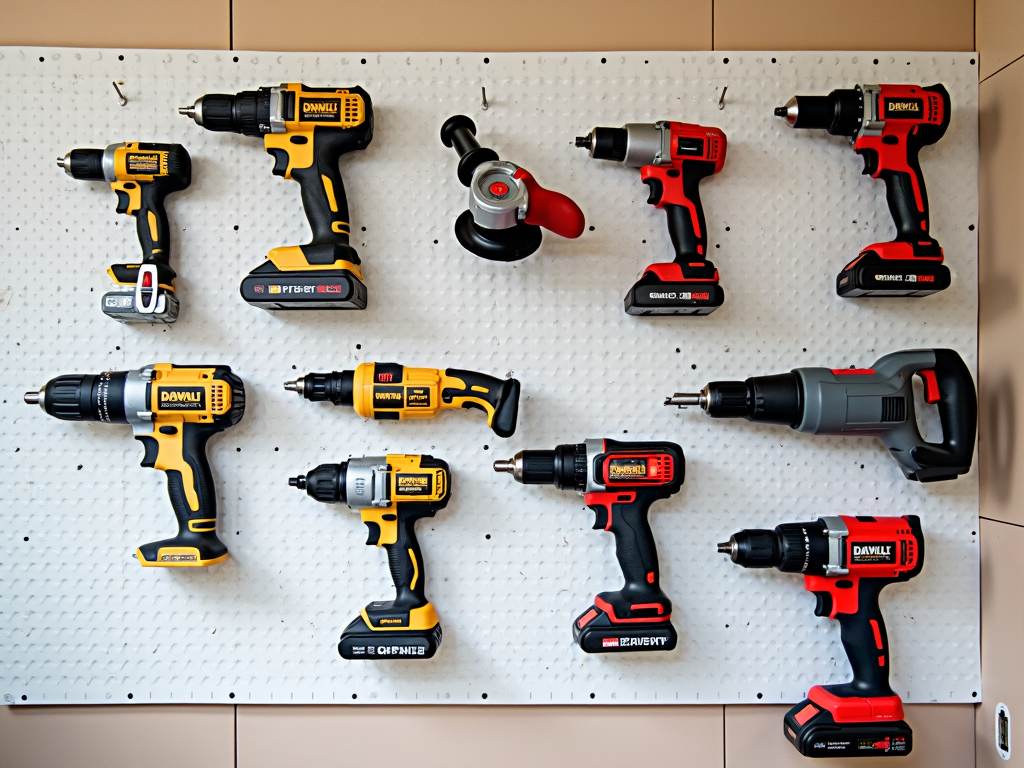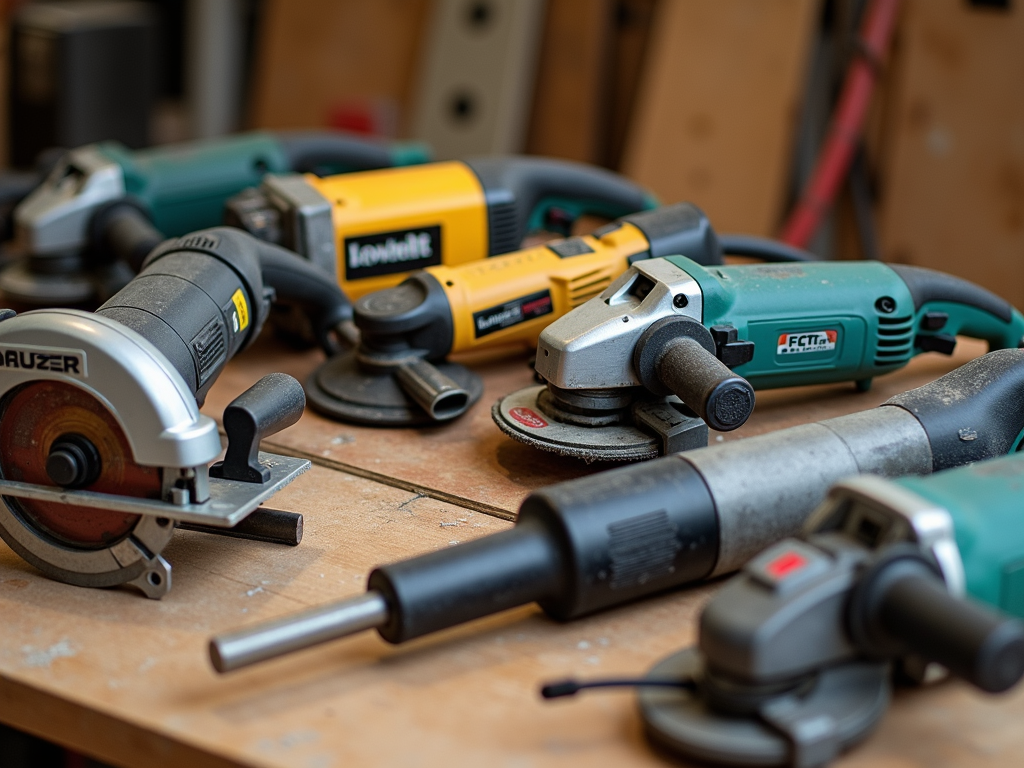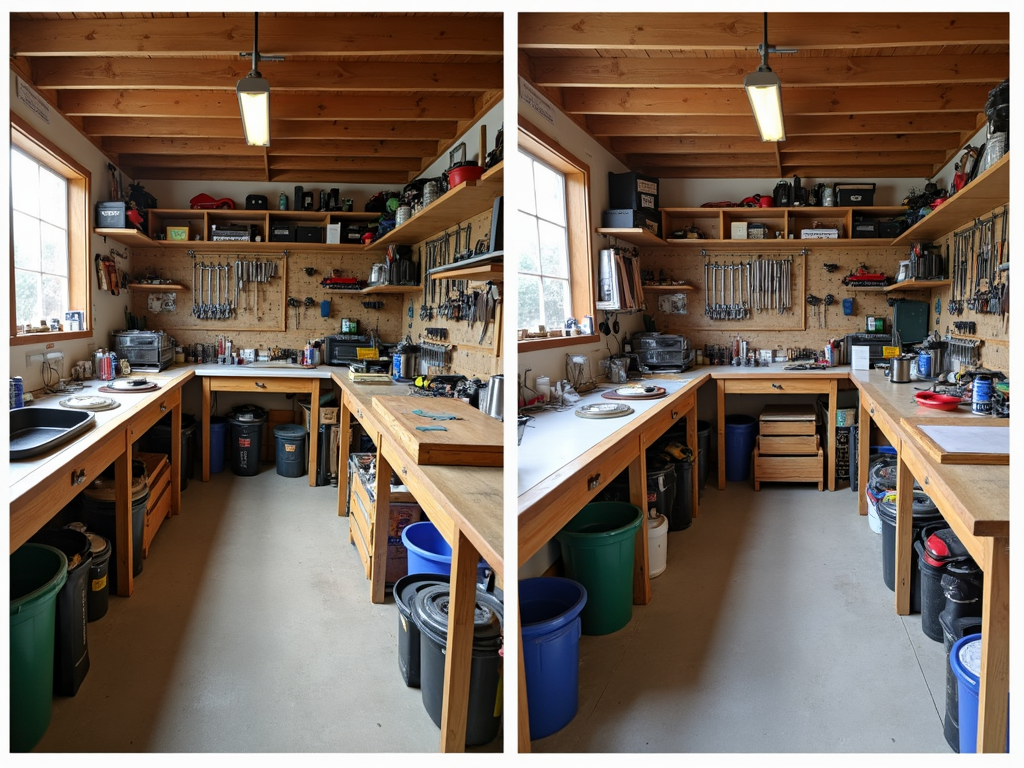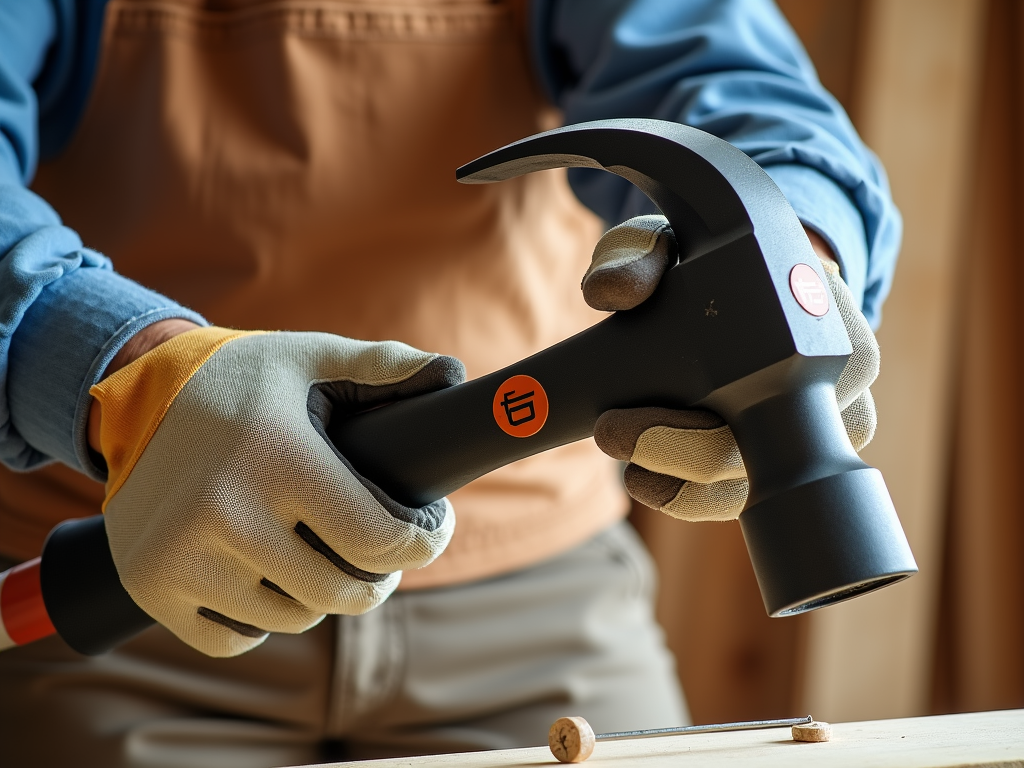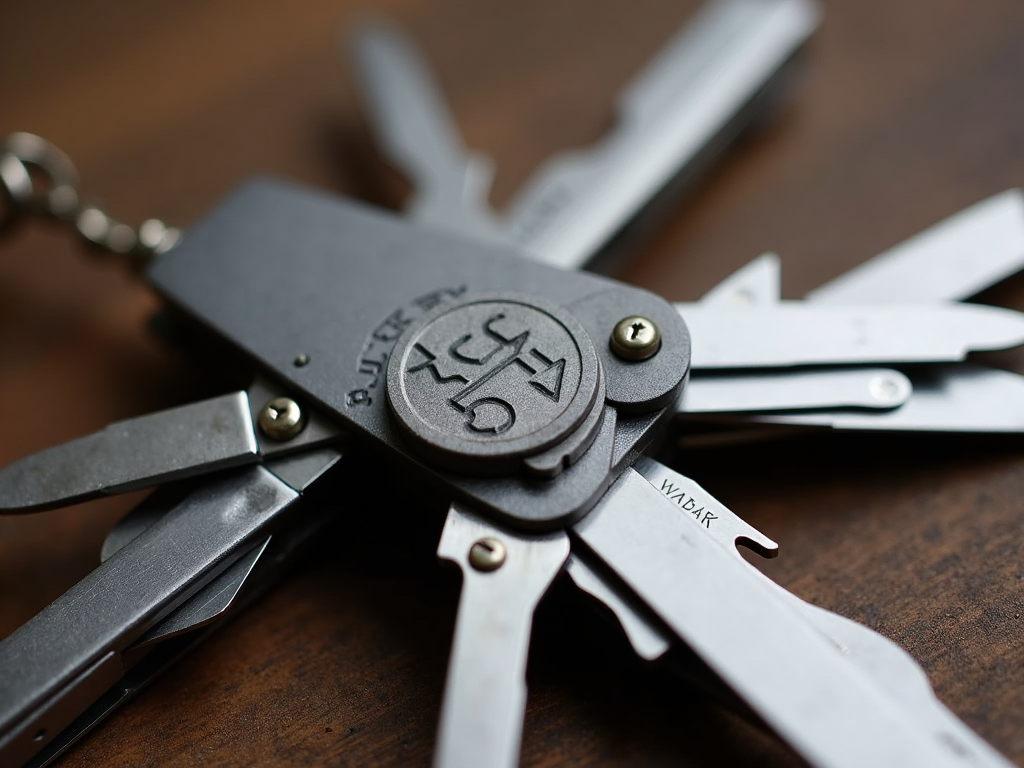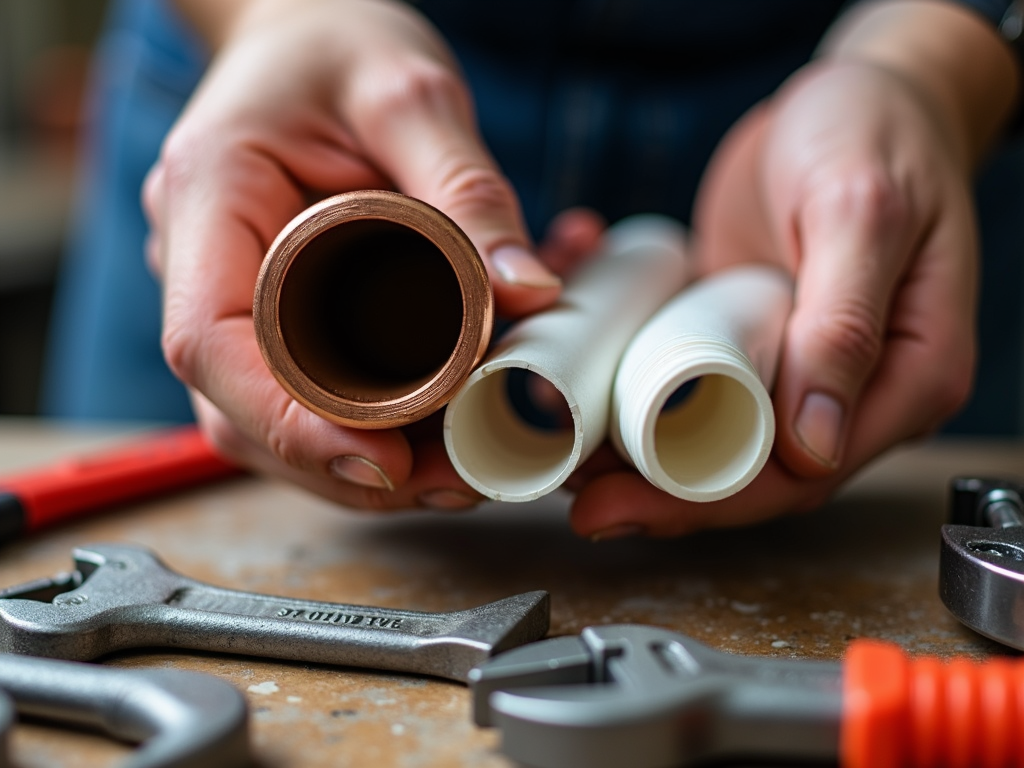Workshop equipment is the backbone of any successful project, whether you're a professional craftsman or a DIY enthusiast. This guide will walk you through the essentials, from choosing the right workbench to organizing your space efficiently. We'll also highlight high-quality tools that professionals swear by.
Introduction to Workshop Equipment Essentials
Every workshop, big or small, needs a set of essential equipment to function effectively. These essentials not only make your work easier but also ensure safety and efficiency. Essential workshop equipment includes: - Basic Hand Tools: Hammers, screwdrivers, pliers, wrenches, etc. - Power Tools: Drills, saws, sanders, etc. - Measuring and Marking Tools: Tape measures, levels, squares, etc. - Safety Equipment: Safety glasses, gloves, ear protection, etc.
Having the right tools at your disposal can significantly impact the quality of your work and your overall productivity.
Choosing the Right Workbench for Your Space
The workbench is the heart of any workshop. It's where most of your work happens, so choosing the right one is paramount. Here are some factors to consider: - Size and Space: Measure your workshop space to determine the appropriate size for your workbench. A workbench that's too big can cramp your space, while one that's too small might not serve your needs. - Material: Workbenches come in various materials, including wood, metal, and composite. Each has its pros and cons. For instance, wood is sturdy but can be heavy, while metal is durable and often lighter. - Features: Look for features like built-in storage, adjustable height, and a sturdy frame. These can significantly enhance your workbench's functionality.
| Material | Pros | Cons |
|---|---|---|
| Wood | Sturdy, traditional look | Heavy, can warp |
| Metal | Durable, lightweight | Can be noisy, may rust |
| Composite | Versatile, often cheaper | May not be as durable |
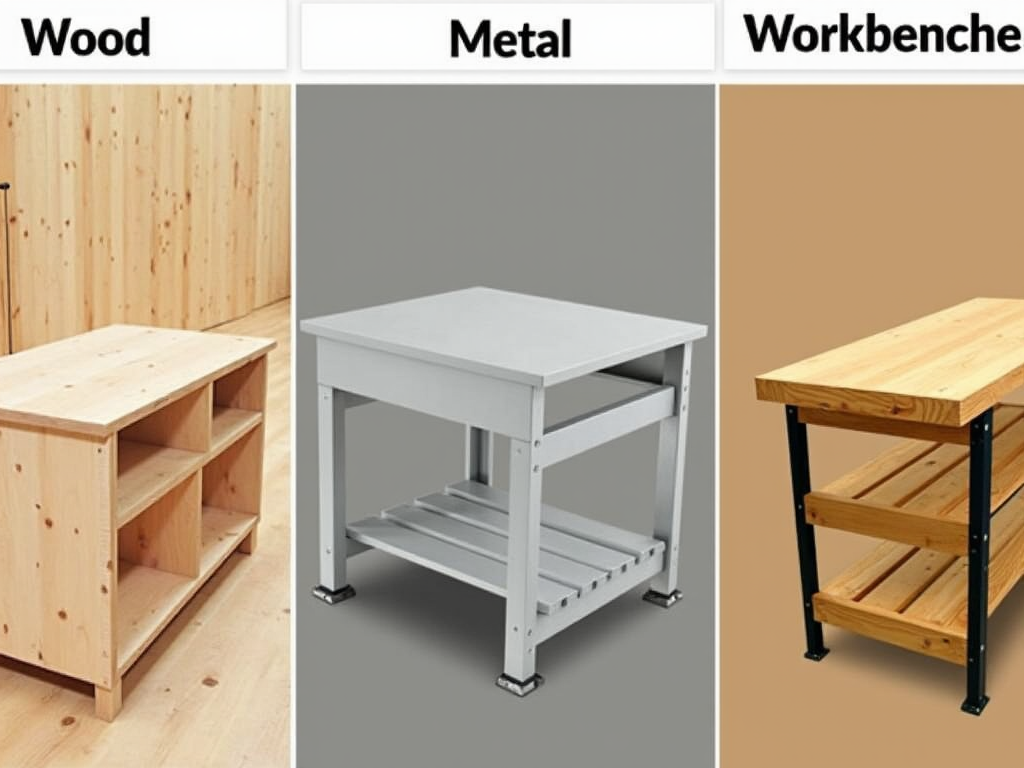
Tips for Organizing Small Workshops Efficiently
Organizing a small workshop can be challenging, but with the right strategies, you can maximize your space. Here are some tips: - Vertical Storage: Use walls and ceilings to store tools and equipment. Shelves, pegboards, and hooks can help keep your floor space clear. - Modular Systems: Invest in modular storage systems that can be customized to fit your needs. These systems allow you to add or remove components as your workshop evolves. - Labeling: Label your storage areas to make it easy to find tools and equipment quickly. This not only saves time but also reduces frustration.
Consider using tool chests, drawer organizers, and magnetic strips to keep your tools in order.
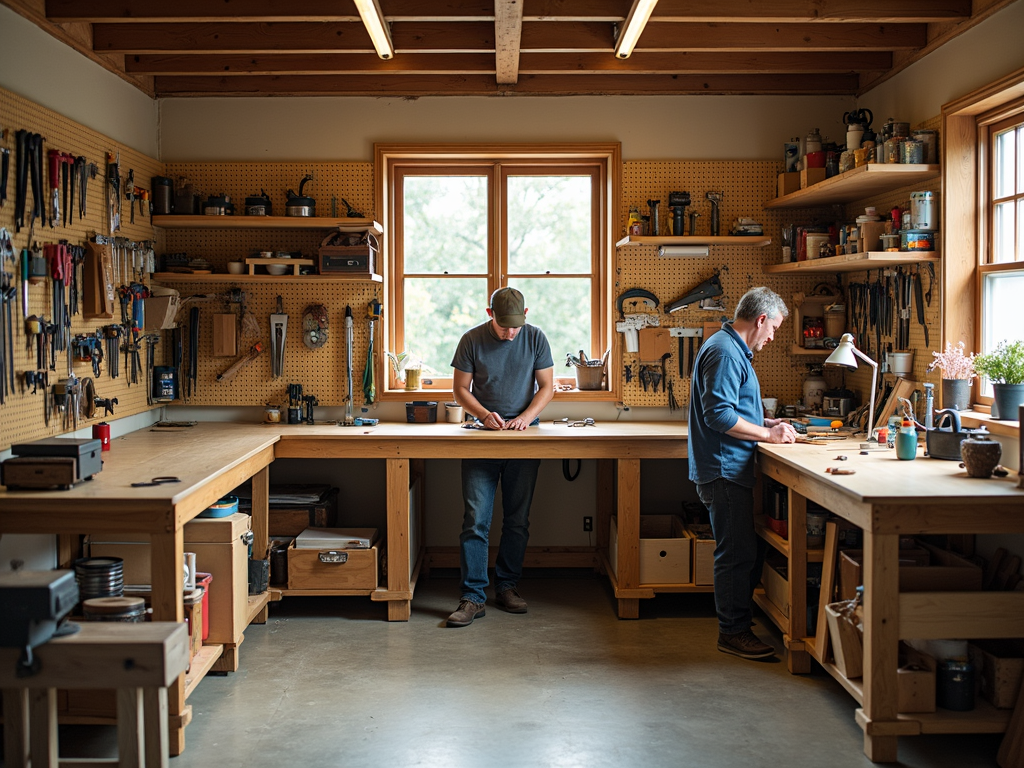
High-Quality Workman Tools for Professionals
Professionals need tools that can withstand heavy use and deliver consistent performance. Here are some high-quality tools that every professional should consider: - Power Tools: Invest in reputable brands like DeWalt, Makita, or Bosch, known for their durability and performance. Look for tools with ergonomic designs to reduce fatigue during long work sessions. - Hand Tools: Quality hand tools are essential for precision work. Brands like Stanley, Craftsman, and Snap-on offer tools made from high-grade materials with comfortable grips. - Safety Equipment: Don't overlook safety gear. High-quality safety glasses, gloves, and ear protection from brands like 3M and Honeywell are crucial for protecting yourself while working.

Personal Insights and Experiences
As someone who has spent years in workshops, I've learned that the right equipment can make or break a project. For instance, I once struggled with a flimsy workbench that wobbled under the weight of my tools. It was frustrating and unsafe. After investing in a sturdy, well-designed workbench, my productivity soared, and I felt more confident in my work. Similarly, using high-quality tools has saved me time and effort, allowing me to focus on the craftsmanship rather than fighting with subpar equipment.

Actionable Insights
When setting up your workshop, start with the essentials and gradually add more specialized tools as needed. This approach not only saves money but also helps you understand what you truly need. Here's a step-by-step guide to setting up your workshop: 1. Assess Your Space: Measure your workshop area and plan the layout. 2. Choose a Workbench: Select a workbench that fits your space and needs. 3. Acquire Basic Tools: Start with essential hand tools and power tools. 4. Organize Your Space: Implement storage solutions to keep your workshop tidy. 5. Invest in Safety Gear: Ensure you have the necessary safety equipment. 6. Maintain Your Equipment: Regularly clean and lubricate your tools to prolong their life.
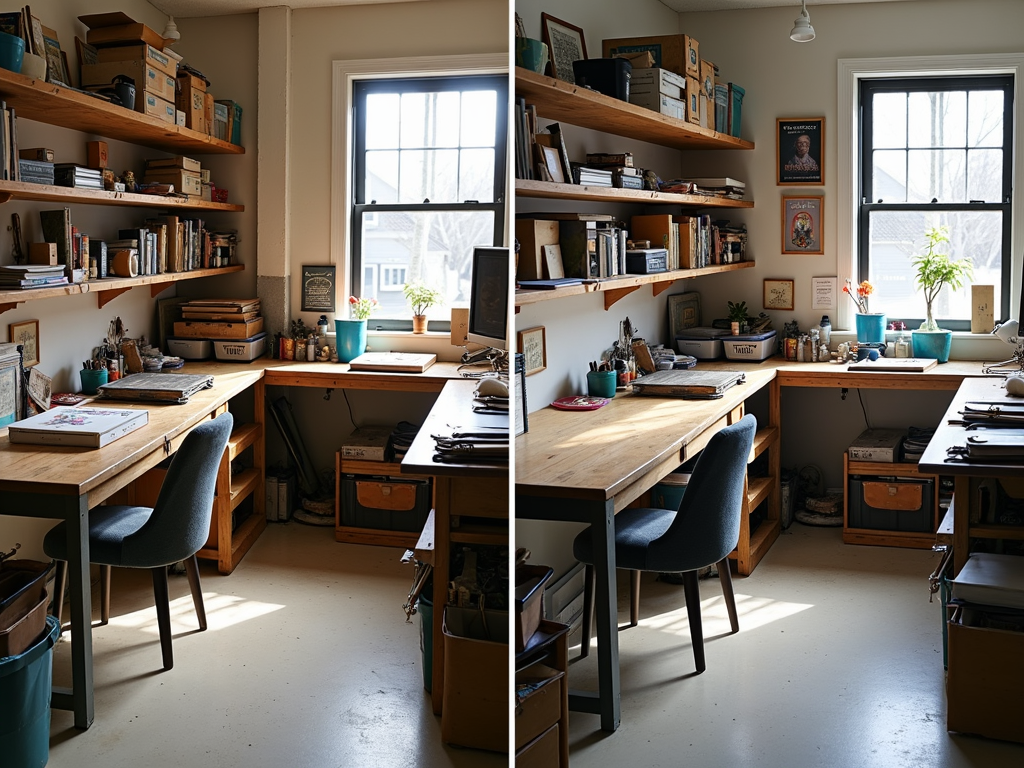
In summary, workshop equipment essentials are the foundation of any successful workshop. By choosing the right workbench, organizing your space efficiently, and investing in high-quality tools, you can create a workspace that is both functional and enjoyable.
Related Workshop Equipment Essentials:
- The Evolution of Workman Tools: From Stone to Steel
- The Best Way to Store Power Tools: A Comprehensive Guide
- Maintaining Your Power Tool Collection: Essential Tips for Longevity and Performance
- Understanding Torque: Essentials for Every Mechanic
- Maximizing Productivity in Small Workshops: A Comprehensive Guide
- The Ultimate Guide to Choosing the Right Tool Belt for You
- The Ultimate Guide to Modern Workman Tools with Ergonomic Design
- Top 5 Multi-Tools Every Craftsman Needs
- Essential Workshop Setup Tips for a Productive and Safe Workspace
- How to Choose the Right Pipe for Your Plumbing Needs
- Case Studies: Successful Implementation of Automation in SMEs
- How to Stay Safe on Construction Sites: Essential Tips

